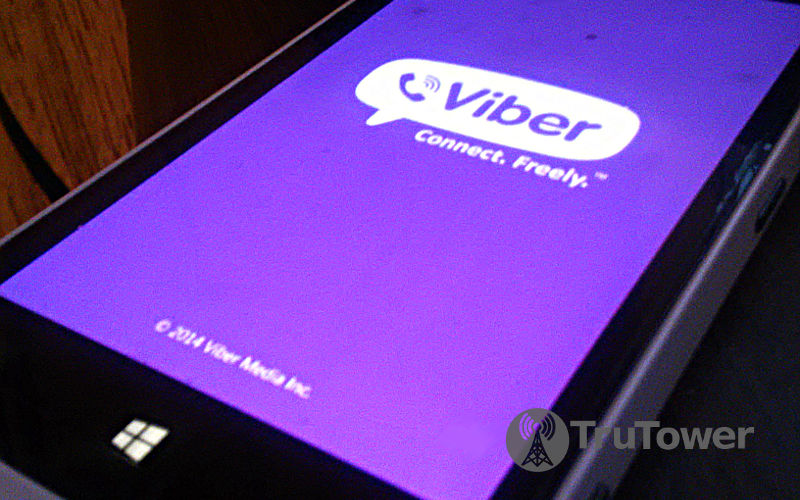We all know how hot the vast messaging space is right now, and it continues to flourish largely on the momentum of a handful of messaging and calling apps. Today, those apps consist of WhatsApp, WeChat, Skype, LINE, and Viber.
Facebook-owned WhatsApp had over 500 million users as of just a few months ago, while WeChat nips at its heels with about 400 million. Then there’s Skype, which rarely discloses user counts. Still, it was revealed a week ago that it had 300 million users. Finally, we have LINE, which also rarely releases user counts. Still, it had a whopping 300 million in November.
It’s important to note that, with the exceptions of WhatsApp, WeChat, and Skype, the numbers above reflect registered and not necessarily active users.
As for Viber, co-founder and CEO Talmon Marco revealed in an interview with VentureBeat that the app had climbed to 400 million users since the app launched in 2010, up from 300 million at the start of this year and 200 million in May 2013.
Marco also discusses the app’s origins and that it still doesn’t see Skype has a main competitor, nor was messaging a part of the deal when the app was first released:
“Everyone in the world has a right to communicate. Freely.”
“We launched a mobile communication service: messaging and voice. Messaging was in late-stage development when we launched. Skype was never our main competitor. It still isn’t.”
Unlike LINE, Viber has so far avoided launching its own games, instead counting on stickers as a way to help the app monetize. The app’s sole purpose is calling and messaging. The Viber team also “never had a specific market in mind” when they first launched the app, instead opting to build the service into a global one.
“We are happy when people use Viber everywhere,” said the CEO. “Whether it’s Damascus or London. We believe everyone in the world has a right to communicate. Freely.”
Viber is available for download for most major desktop and mobile operating systems.

